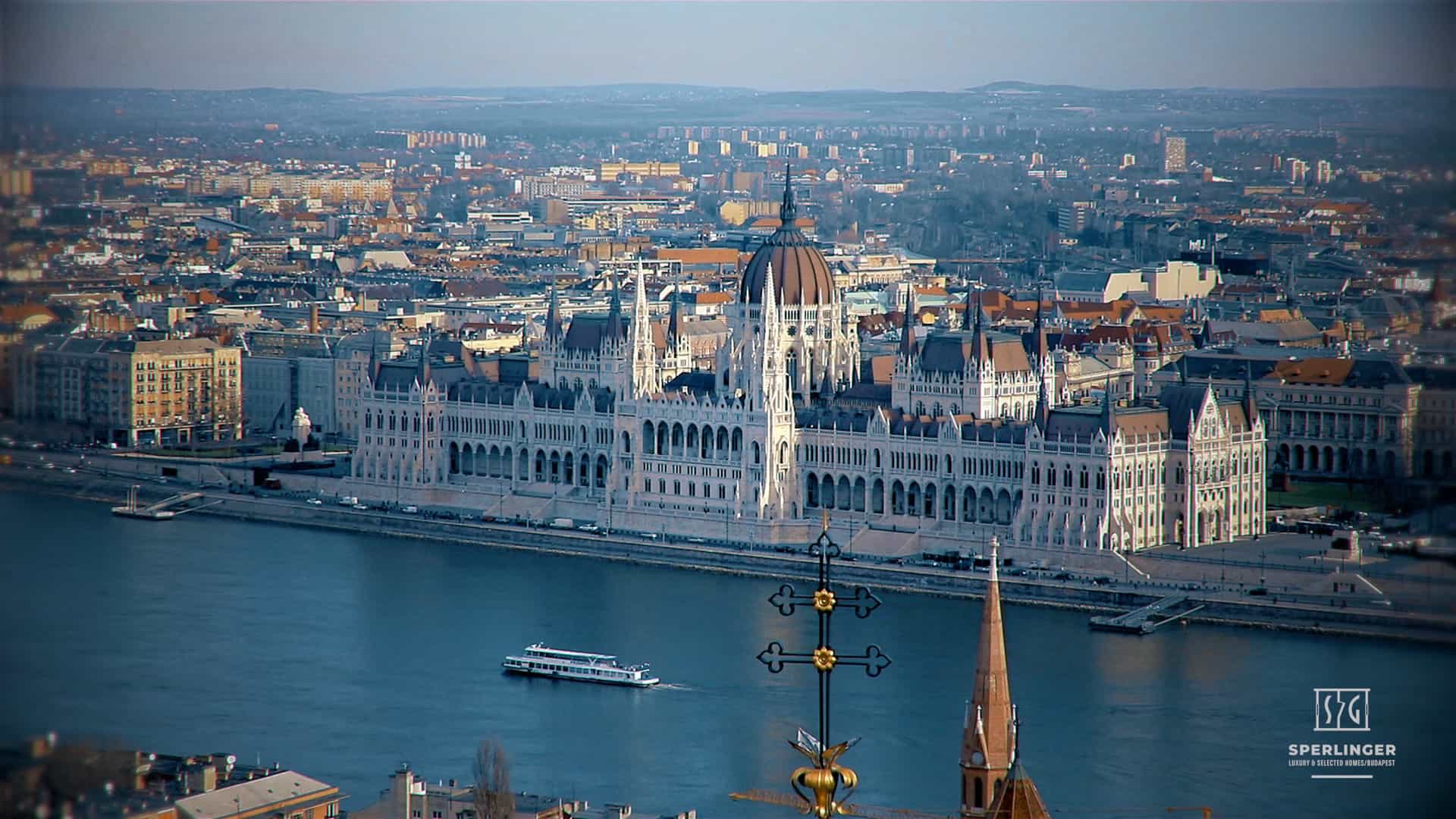Why Budapest?
Budapest is the capital of Hungary, its largest and most populous city, and the European Union's 6th most populous city as well. Hungary is located in Central Europe, in the middle of the Carpathian Basin. Due to its geographic position it is the centre of the region, with easy access to both Eastern- and Western-Europe.
Budapest is the political, cultural, commercial, industrial and logistic centre of the country.
According to 2017 data, the population is 1.9 million (2.5 million including the suburbs).
Tourism industry
Budapest is a popular tourist destination, 4 821 600 tourist visited the city in 2012, making it the 27th most visited city in the world, and the 7th most visited in Europe, according to Euromonitor International. There are several World Heritage Sites across the city, such as the central area along the Danube River, Buda Castle, Andrássy Avenue, Heroes' Square and the Millenium Underground Railway, which is the 2nd oldest in the world, after the one in London. The bridges and geothermal springs are also important, and Budapest is the capital with the most thermal spas in the world. The world's largest thermal water cave system is also located here, as well as Europe's largest synagogue (in Dohány Street), and the Parliament, which is the 3rd largest in the world, and houses the Hungarian Crown.
Budapest is one of Central-Europe's financial centres, and the 100th largest city in terms of GDP output. According to the American Forbes magazine, Budapest is the 7th most idyllic city in Europe, whereas UCity lists it as the 9th most beautiful city in the world. In a survey carried out by the influential Condé Nast magazine, according to the 1.3 million surveyed, 'Budapest is the 2nd best city in the world'. Furthermore, the Hungarian capital is among the top 10 shopping destinations in Europe, according to Economist magazine, and Central- and Eastern-Europe's largest shopping mall is located here.
Architecture
Budapest is home to some outstanding buildings both by European and world-wide standards, and most of these have become UNESCO World Heritage Sites. Among these are the Parliament, Buda Castle, St Stephen's Basilica, the Synagogue in Dohány Street, Széchenyi Chain Bridge, Liberty Bridge and the buildings along Andrássy Avenue.
There are fine examples for most of the architectural styles, and the city is rightly dubbed the 'Paris of Central-Europe'. Some of the squares are also worth a mention, such as Heroes' Square, Liberty Square, Vörösmarty Square; and some outdoor spaces, such as Margaret Island, City Park and Gellért hill are also worth highlighting.
Property taxation
The stamp duty payable after the purchase of a property is 4%.
Income tax is payable if the property is sold within 5 years of the date of purchase. The tax is 15% of the difference between the purchase price and the sales price, and the level of tax payable is gradually reduced during the course of 5 years.



